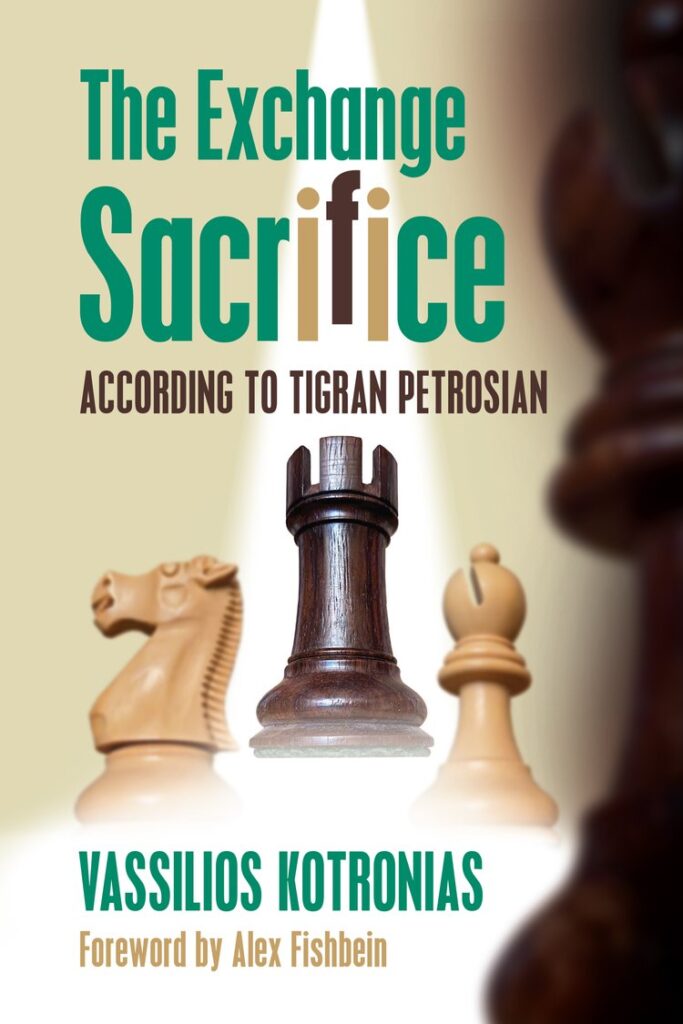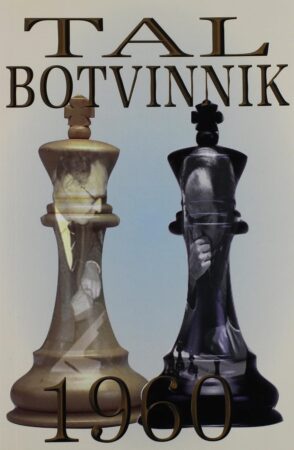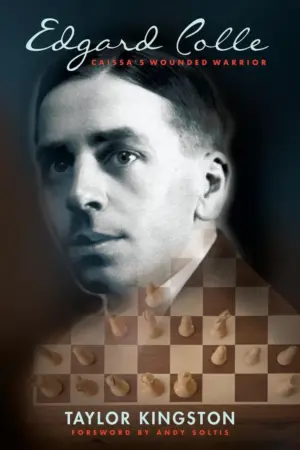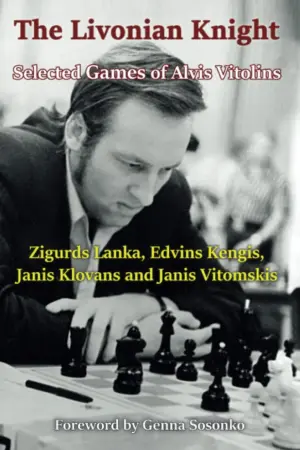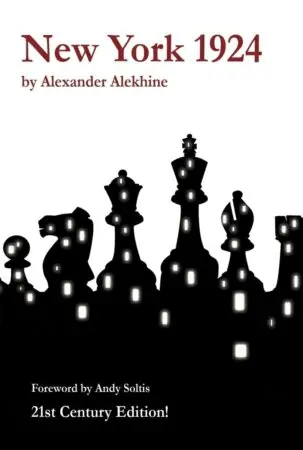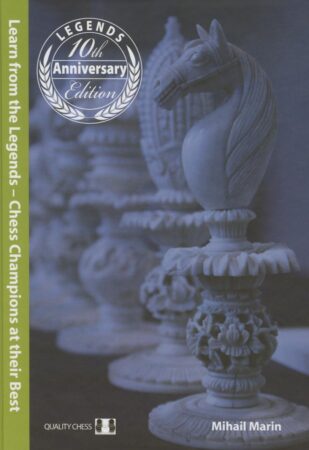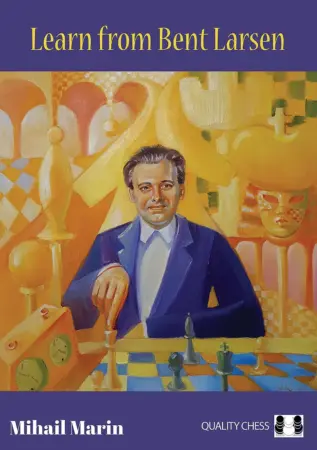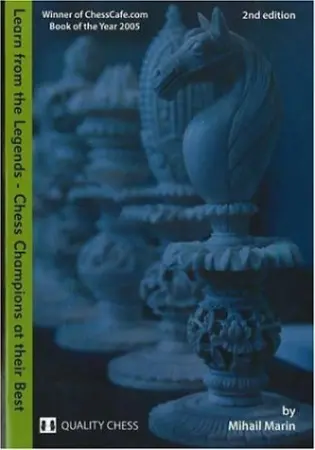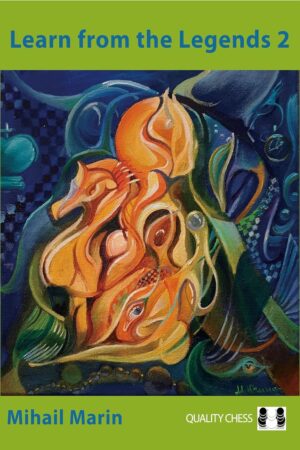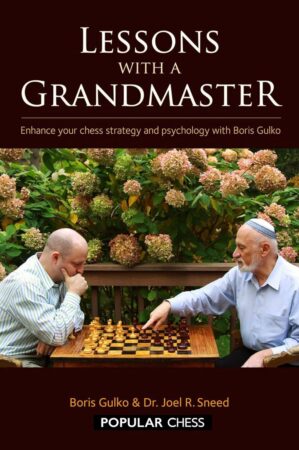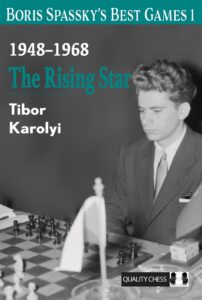Petrosian, the ninth world champion, was known for two rather different things: defending like a boss, and sacrificing the exchange. His games are often used to explain positional exchange sacrifices and the idea of long-term compensation in exchange for material. Vassilios Kotronias has compiled a collection of 36 games in which Tigran Petrosian sacrificed the exchange. All 36 games are annotated and explained in great depth, and dissected by the Greek GM to provide as much instructive material for the reader as possible.
As a chess reader, and a player trying to improve, it’s hard to find material written on narrow themes, such as sacrificing the exchange. Most books on the middlegame will devote a chapter or a few pages to the topic, but will not go into great depth. The Exchange Sacrifice according to Tigran Petrosian is not a book on the middlegame. It’s a collection of games specifically centered around one theme. I wish there were books like this on every important middlegame pattern. Imagine having a whole book on f5 by Nakamura in the King’s Indian!
The book is divided into 36 chapters, each covering one game. Each chapter is given an introduction, with an explanation of why the game was important, what important themes it featured, and what we should focus on when analyzing it. The annotations themselves, the essence of every game collection, are abundant, well written (as is the case with all Kotronias’ books), and suited for players of all levels, from beginner to Grandmaster, and every ambitious player will benefit from them. My measure of a good chess book is the amount of text, explanations of ideas, and the reasoning behind the moves as opposed to “dry” lines, sidelines, and engine evaluations or broad, meaningless conclusions such as “and white went on to win because white is better”. Kotronias has written a book that more than satisfies my criteria. Each game is well annotated, and every idea explained.
Most people know Tigran Petrosian for his positional exchange sacrifices, but the book shows his dark side too – sacrifices that were a part of a relentless onslaught, attacking masterpieces you could confuse for Tal games.
This book will not teach you any one specific thing. As is the case with all game collections, it’s supposed to deepen your understanding of how strong players think. But, unlike any other game collection, The Exchange Sacrifice according to Tigran Petrosian focuses on one theme alone, so it’s, in my opinion, much more useful in terms of developing skills you can utilize over the board. I think this is a great read for any ambitious chess player!

